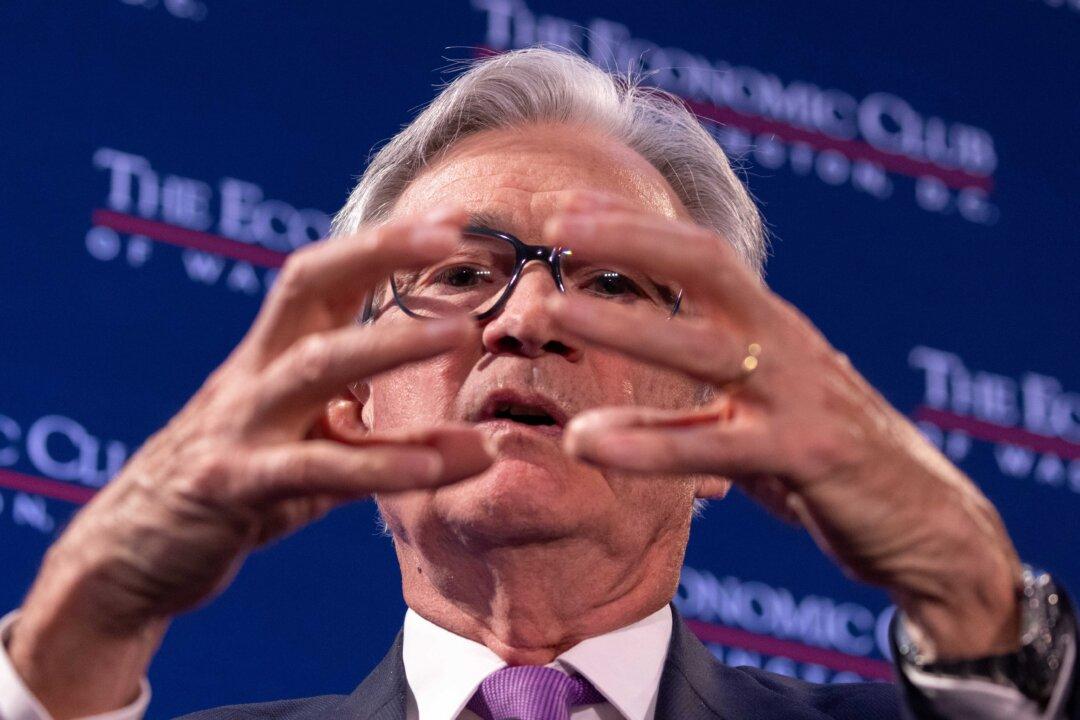News Analysis
The Federal Reserve has painted itself into a corner with its fight against inflation, and some experts say it now has no coherent plan for how to get out of that predicament.

The Federal Reserve has painted itself into a corner with its fight against inflation, and some experts say it now has no coherent plan for how to get out of that predicament.